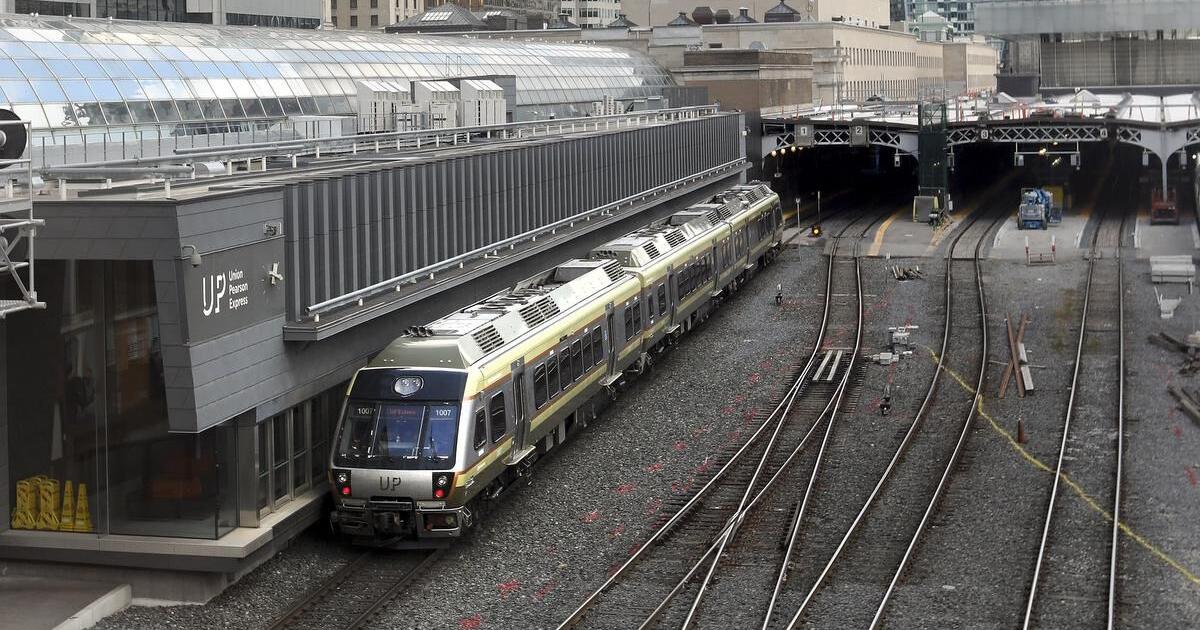dowlingm
Senior Member
I don't think Metrolinx should be permitted to proceed with this project without full public consultation and a business case. UPX was a time-compressed botch job - which the same agency created - let's not make another one.
I don't think Metrolinx should be permitted to proceed with this project without full public consultation and a business case. UPX was a time-compressed botch job - which the same agency created - let's not make another one.

I'm not sure on the technicalities but all I know is that if you thought UPX trains were slow on spur today, they would crawl with BiLevels in the route's current configuration.I heard hey couldn't support the current GO rolling stock.
I'm not sure on the technicalities but all I know is that if you thought UPX trains were slow on spur today, they would crawl with BiLevels in the route's current configuration.
As they approach the platform, they have to manually line up the train cause they don't have ATO. For the other direction, I think they have to wait for the signal to clear for the train to proceed onto the mainline.Does anyone know exactly why the trains run as slowly as they do on the spur? Is there a likely way that they could be run faster? Would the tracks need to be superelevated as the Skytrain tracks are in Vancouver?
Does anyone know exactly why the trains run as slowly as they do on the spur? Is there a likely way that they could be run faster? Would the tracks need to be superelevated as the Skytrain tracks are in Vancouver?
I'm not sure on the technicalities but all I know is that if you thought UPX trains were slow on spur today, they would crawl with BiLevels in the route's current configuration.
Overaul 4 years in. I had to laugh at that.
Metrolinx is thinking about replacing the Nippon Sharyos. All options are on the table for vehicle replacement. No option has been chosen yet because it highly depends on vehicle is picked for GO RER operations, which itself will be tendered out privately. Vehicle selection highly depends on what is used for GO RER (as recently proposed) because Metrolinx is thinking about integrating UPX closely to GO operations. BiLevels of any kind arent off the table yet because no one knows what vehicle will be selected for RER operation. RER vehicle selection would have an impact on UPX due to the fact they would use the same/similar equipment (different consists) as currently proposed by MetrolinxThe fact that you think that this is talking about the BiLevels running in place of the UPX shows that you dont know what you are talking about or understand the discussion.
I predicted the possibility that this could happen...RER vehicle selection would have an impact on UPX due to the fact they would use the same/similar equipment (different consists) as currently proposed by Metrolinx